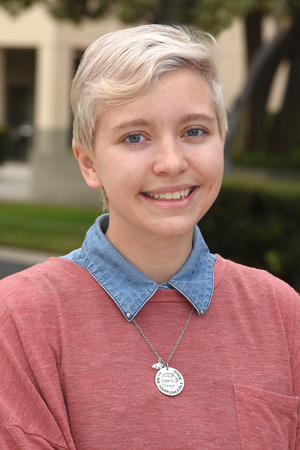Abstract: Filamentous bacteriophage have proven to be a powerful biotechnology tool. A direct genotype-to-phenotype relationship makes phage easily genetically modified to display peptide or proteins on their solvent-facing surface. Thus, phage can function as pseudo-antibodies with similar binding affinity and target specificity. Furthermore, rational design of peptide or protein libraries allows for discovery of new target-binders via biopanning. Additionally, phage are increasingly gaining traction as a biomaterial due to an inherent monodispersity and ease of chemical modification (Chapter 1).
In this dissertation, I will present how I have used phage display to validate a new immunoblot assay technique (Chapter 3), to identify a COVID-19 antibody that correlates with disease severity and investigate the origin of this antibody (Chapter 4, Chapter 5), and to detect valuable biomarkers with novel biosensing platforms (Chapter 6, Chapter 7, Chapter 8). Additionally, I have contributed new knowledge to the field of phage display by developing a novel method to directly select for noncompetitive binding peptides and antibody fragments for the more sensitive and specific sandwich ELISA (Chapter 2).
Speaker:
Institution:
Location:

